The Emu: A Gentle Bird Cruelly Farmed For Body Parts
The Emu is an Australian native bird which is huge in size and personality and can run at 40 m.p.h. Their naturally inquisitive and down right “sticky beaks” who don’t take no for an answer, especially if treats are involved. In 1929 Emu’s survived government machine-gun eradication but are now farmed in India for body parts or abandoned to starve.
The Emu’s comical appearance is copied by artists who manage to capture their cute side. Emu skin is used for high end fashion shoes and handbags. Artisans treasure the large Emu eggs to paint and decorate.
Emus Also Like To Dance: (turn the volume up)
EMU dancing
Comedian Ross Noble Describes Emus As “A Bush With A Face”
Emu Fast Facts
Emus are gentle, friendly birds with a strong family life.
The father plays an active role in nest-building and in the 8 week incubation and rearing of the chicks.
They can run up to 40 miles an hour, covering 9 feet in a single stride.
Long, powerful legs and camel-like feet adapted for speed.
Excellent periscopic vision enable them to survey the land for miles in all directions at once.
Emus grow to be 2 metres tall (around 6 foot.)
Weigh around 150 pounds.
Can live up to 60 years old.
If they appear awkward in captivity, it is because these fleet birds are meant for wide open spaces, where their grace and intelligence can be exercised. They are nomads, designed to roam over vast tracks of land.
They belong to the oldest living family of birds on earth, the ratites or flightless fowl. They range widely into Australia’s interior thriving on shoots, seeds, fruits and insects. When food is abundant they store a thick layer of fat beneath the skin as a reserve for hard times.
Both parents help the chicks to hatch by pecking at the shell after 6 weeks of incubation. The family stays together for 10 months or more as the young birds learn to fend for themselves. The normally peaceful emu will kick ferociously with their legs and bite with their beaks to protect eggs and young from enemies (Wildlife Protection Council.)
Emu Hatching From It’s Egg
Watch with amazement as a young Emu is hatched:
Emu Migration
“The southward movement of tens of thousands of emus in certain seasons is one of Australia’s greatest examples of wildlife migration. Their routes are influenced by climate. As they can find more food in humid regions the birds wander always to places were rain was falling down recently. It’s not yet clear how Emus orientate themselves and can detect rain from several hundred kilometers away.
Researchers believe this is a combination of sighting distant rain cloud formations, smelling rain, and hearing the far-off sound of thunder from distances the human ear cannot. Major Emu migrations occur one year in seven.
Plans to extend Western Australia’s ‘rabbit-proof-fence’ [aka Dingo Fence], have been described as cruel and clumsy by environmental groups, who say native wildlife will be the victim.
The dingo fence is now being used to minimise Emu impact on cropping area. But major environmental groups say that vulnerable native species are caught in the fence and meet painful deaths. The Wilderness Society, Gondwana Link and Pew Environment Group say that migrating emus have a history of massing in their thousands along the fence, and then dying of starvation or having to be shot.
Extending the barrier fence is a major disruption to ecosystems. Dingo expert Dr Euan Ritchie, from Deakin University in Melbourne, argues that excluding predators such as dingoes can be counterproductive, leading to more kangaroos and rabbits where those predators are absent.
Environmental studies will ensure that all wildlife impacts are taken into account before a final alignment of the route for the new fence is made in the near future.
Cute Craft Emus
Cute crotched Emu chicks. Click the here for more assorted crotched Emus by Crochetroo.
Do Emus Make Good Pets?
No, Emus do ‘not’ make good pets. Sussex Family man Iain Newby raised his pet Emu “Beaky” from a shell-hatchling. Beaky is now over six foot tall and pecks and breaks everything in the house. She eats 14lb of corn a week and about five pounds of her favourite fruit and vegetables, particularly broccoli, peas and cauliflower.
‘She’s just like a dustbin and will literally eat anything the children toss in her mouth. In fact she’ll eat just about anything if allowed to – keys, drill bits, sponges.’
But Beaky has now been banished to a summerhouse in the garden because she is too messy and troublesome to be allowed the run of the family home anymore. One of her more annoying habits was a tendency to peck and break household items. Mr and Mrs Newby also run a Dangerous Wild Animal Rescue Facility on the site.
Mr Newby said he ‘would NOT recommend’ raising an emu to the average family. ‘They live 60 years, grow up very strong and not all of them are as friendly as our special Beaky,’ he added. Beaky has an 80 metre pen to stretch her legs in.
Pet Emus Are Very Expensive To Keep
Do Emus belong on a farm or in your backyard?
When it comes to pets, emus are a classic example of bigger is NOT better. They have powerful jaw muscles, which make their peck pretty excruciating on your skin, and they also have sharp claws which can hurt people badly. Keeping emus as pets can be expensive in many respects: shelter, food, veterinary needs, time commitment, etc.
Emus will not survive in a small enclosure let alone kept inside a barn or roost all year round. They need wide open space to run, kick, sun bathe, and wallow in the dust. Although the emus are flightless, they can jump over a fence that’s shorter than 7 feet. And the fence should be nothing less than ordinary wood because a single kick from the emu is enough to send a wood plank flying over few meters.
Emus need a roof over their head and walls to protect them during cold season. A pair of emus can be sheltered in 16 feet by 16 feet housing with roof high enough for good ventilation and walls that are good to protect the birds from wind chills. There should be hay or straw to provide cushion and bedding for the emus.
Emus make a pile of mess which should be cleaned every day to keep their shelter from smelling bad. You can’t skip a day without cleaning the shelter if you want clean, healthy emus.
Emus need specialized ratite feeds you can buy from farm supply stores or order online. If you live far from emu or ostrich farms, chances are you can only get ratite feeds by ordering them online. An adult emu can consume 1-2 pounds of ratite feeds a day, so it can be expensive.
For variety and balanced diet, you also need to feed emus with feeder insects, small invertebrates, seeds, nuts, leafy vegetables, etc. Emus even eat macaroni salad, old bread, potato salad, and egg dishes. Besides these alternative foods, you must always keep clean water available to the birds (CHP.)
If you’re planning to keep emus as pets, it’s always recommended to get them as yearlings. Bottom line: do your research BEFORE deciding just by looking at them online. Research, research, research!
A VERY INFORMATIVE SITE FOR INFORMATION ON PET EMUS is BackyardChickens.com. They have ongoing forums to answer Emu owner’s questions. Many of the questions have serious consequences.
Idiotic Cruel Behaviour Against Tame Bird
Sadly, there is always an element of people who can only think of their own wants and needs and find their own cruel acts against animals to be funny. Riding on the back of a juvenile Emu is NOT funny! This idiot person could easily have broken the birds back. If you see behaviour like this, please report it to authorities immediately.
Commercial Emu Farming
The centre toes of emus are amputated (often without anaesthesia) because their nails can easily cause fatal injuries when they attack in self defence – they have known to rip open humans. Subjecting emus with their long thin necks and legs, and large fragile eyes, to transport is cruel and inhumane.
Feather Removal
Pulling feathers from the body of a living bird is cruel and painful. A feather is firmly held in a follicle, the wall of which is richly supplied with sensory fibres and nerves. Even clipping the feathers above the nerve endings pulls on the sensitive skin and muscle tissue to which the feathers are attached. Removing a feather from a bird requires a hard steady pull. Feather removal is a barbaric act.
It takes about five minutes for a blindfolded and cruelly restrained bird to be plucked. The bird is released into a holding pen, joining a growing number of others, all plucked, covered in bumps where the feathers were ripped out, streaming blood and waiting…
Slaughter
Slaughter bound birds and mammals are typically starved for hours and even days before they are killed. Hauled in all kinds of weather, they are forced to endure truck vibrations, heat, stress, cold, damp, thirst and terror. They are then shot with a captive bolt, like cattle or, like poultry, they are electrically shocked (not stunned) and then hung upside down to have their throats cut, being kept alive when their blood drains. They are slaughtered at 12-15 months of age
Commercial Uses For Emu Body Parts
Emu feathers are cheaper than those of ostrich and used in the fashion, art and craft industries, such as for making of feather dusters, pads, fans, boas, apparel, accessories, masks and for finishing metals prior to painting. The feathers are some times dyed and the plain looking natural ones are used as fillings for pillows and mattresses. General Motors uses the feathers to polish the wheels of Cadillac cars.
Emu leg skin is made into inserts for pockets, watch-straps and belts. Toe nails are used in jewellery settings and worn as lucky charms and trinkets.
Emu Oil - Cosmetic Or Cruel?
Emus have a thick fat padding on their backs; this camel-like adaptation helps them to survive periods of famine in the wild. Emu oil manufacturers extract the unrefined product from this concentrated source of natural oil. While some manufacturers discard the remaining portion of the emu’s body, others market emu leather and meat as a novelty item or health food. By-products like feet, nerve tissue and feathers may be discarded, incinerated or sold to pet food manufacturers.
Manufacturers refine emu oil using a combination of mechanical, chemical and thermal techniques. Heat and refrigeration can help to isolate the most saturated portions of emu oil, and mechanical filters can eliminate impurities and inorganic contaminants. Some companies may also use lipophilic compounds or enzymes to isolate the fatty acids found in emu oil. Most forms of emu oil have an unpleasant odor, so emu oil manufacturers may add artificial fragrances to improve the product’s commercial appeal.
Emu Farms In India - Emus Cruelly Treated and Left To Starve To Death
India’s Emu population peaked at about two million Emus in 2012, where their bred to be killed for meat and oil. Emu farming has been rife with monetary scams and the sufferers have been the emus. The farms were marketed as the perfect money making solutions but by 2013 Emu farming was no longer a favoured “get rich quick” scheme.
There were no takers for the birds – live or dead – or their eggs as thousands of birds continued to be abandoned in different parts of the country. Farmers with as little as 10,000 sq feet to spare were being wooed because the area could accommodate 70 to 100 birds.
It was also reported the country’s first Emu processing unit called Vileena Emu Processing Pvt Ltd would begin slaughtering in April 2012. Spread over 22 acres, the unit’s processing capacity is 300 birds per day. In August 2012, there was a total collapse of the majority of emu farms in Tamil Nadu. People were getting duped, were unable to repay loans and had gone underground after abandoning the birds.
It is estimated there are about 10,000 unwanted birds. Trying to sell them off on false promises of high returns has backfired time and again. The hype is no longer working and there are no more takers for eggs or emus. It later came to light that most districts have no municipal abattoirs (mandatory place for animal slaughter) so the killing of emus on farms in these areas turns out to be illegal.
Kalpataru Emu Management & Products has claimed to be the sole supplier of emu products in India. The main income is said to be derived from selling EMU OIL (15 litres from one killed bird but according to an officer of the Maharashtra State Animal Husbandry NO ONE KNOWS HOW TO EXTRACT IT!)
96% of the emu carcass is sold including feathers, bones, skin, nails, and egg-shells. Emu meat is not as popular as projected. The Emu situation in India was closely resembling the Ponzi rackets of the past, of “tripling your money in five years.”
As soon as the investment fraud came to light, in August 2012, most Emu promoters abandoned thousands of birds and went underground. The birds began dying of starvation – surprisingly a district collector came to the rescue of Erode’s 8,000 abandoned emus by commissioning food supplies for them.
The financial contagion fast spilled over to neighbouring districts with 40,000 birds involved. The Animal Husbandry Department and the Namakkal Veterinary College were asked to look after emu chicks for three months after which they should be sold.
Meat of these emus suddenly begun showing up in city restaurants across India even though most chefs complained that the more it is cooked the more it toughens and the only way they can easily serve it is minced. Some animal welfare persons suggested that the abandoned emus be euthanised, but that was not approved.
The fraudulent industry intensified in the North with the birds being moved to other states. In Punjab as many as 1,500,000 birds were sold in six months. In Uttarkhand farms began materialising daily. No license for slaughtering them was given anywhere which made slaughter illegal.
The following video is a sales pitch to entice Indians to buy into Emu farming:
March 2014 the Government of India empowered the Securities and Exchange Board of India (SEBI) to take action against such get-rich-quick fraudulent Ponzi schemes that promise unreasonable high returns. BWC immediately appraised the Chairman, SEBI that 80% of Emu farms had closed and thousands of emus had been abandoned. We requested that SEBI take appropriate and swift action against all emu farms in India.
In 2013 an article published in The Indian Express said that unwanted emus were being abandoned in jungles.
In February 2014, the Times of India reported that in Visakhapatnam (Orissa) 2,000 emus were left to suffer, starve and die by a factory which went bankrupt.
The Great Emu War: Shocking History
In 1932 a shocking attempt at exterminating Emus in Western Australia took place, under the guise of a “nuisance wildlife management operation,” USING MACHINE GUNS! The then Western Australian government employed soldiers armed with machine guns, which the media referred to as the “Emu War.”
After World War 1, large numbers of ex-soldiers from Australia, along with a number of British veterans, took up farming within Western Australia. With the onset of the Great Depression in 1929, these farmers were encouraged to increase their wheat crops. Wheat prices continued to fall, and by October 1932 matters desperate.
The difficulties facing farmers were increased when 20,000 emus arrived, following their regular migration after their breeding season. The emus found the cultivated lands were good habitat, and they began to foray into farm territory. The emus ate the crops and left large gaps in fences where rabbits could enter and cause further problems.
Ex-soldiers were sent to meet with the Minister of Defence, Sir George Pearce. Having served in WWI, the soldier-settlers were well aware of the effectiveness of machine guns, and they requested their deployment. Pearce supported the deployment on the grounds that the birds would make good target practice.
The “war” was conducted under the command of Major G.P.W. Meredith of the Seventh Heavy Battery of the Royal Australian Artillery, with Meredith commanding a pair of soldiers armed with two Lewis Automatic Machine Guns and 10,000 rounds of ammunition. Troops were deployed and according to a newspaper account, to collect 100 emu skins so that their feathers could be used to make hats for light horsemen.
The first attempt
2 November some 50 emus were sighted. As the birds were out of range of the guns, the local settlers attempted to herd the Emus into an ambush, but the birds split into small groups and ran so that they were difficult to target. Later the same day a small flock was encountered, and “perhaps a dozen” birds were killed.
4 November. Meredith established an ambush near a local dam and over 1,000 emus were spotted. This time the gunners waited until the birds were at point blank range before opening fire. The gun jammed after only twelve birds were killed, however, and the remainder scattered before more could be killed.
At one stage Meredith even went so far as to mount one of the guns on a truck: a move that proved to be ineffective, as the truck was both unable to gain on the birds and the ride was so rough that the gunner was unable to fire any shots. By 8 November, six days after the first engagement, 2,500 rounds of ammunition had been fired. The number of birds killed is uncertain: one account claims just 50 birds.
Summarizing the culls, ornithologist Dominic Serventy commented: “The machine-gunners’ dreams of point blank fire into serried masses of Emus were soon dissipated. The Emu command had evidently ordered guerrilla tactics, and its unwieldy army soon split up into innumerable small units that made use of the military equipment uneconomic. A crestfallen field force therefore withdrew from the combat area after about a month. ”
After the withdrawal, Major Meredith compared the emus to Zulus, and commented on the striking maneuverability of the emus, even while badly wounded.
The second attempt
After the withdrawal of the military, the emu attacks on crops continued. Farmers again asked for support. James Mitchell, the Premier of Western Australia lent his strong support to renewal of the military assistance. Minister of Defence approved the military party to resume their efforts.
13 November 1932, the military found a degree of success over the first two days, with approximately 40 emus killed. 2 December the guns were accounting for approximately 100 emus per week. Meredith was recalled on 10 December, and in his report he claimed 986 kills with 9,860 rounds. In addition, Meredith claimed 2,500 wounded birds had died as a result of the injuries that they had sustained.
The Western Australian government installed a bounty system in 1923 and in 1934, in a month period six months 57,034 Emu bounties were claimed. Shocking!
In Conclusion
Within India, the organisation Beauty Without Cruelty - India is doing all they can to help Emus in India. If you see cruelty toward Emus, or any other animal, please immediately report it to your local authorities. Emus are a majestic, gentle bird who should be treated with respect for the position they hold on the Australian Coat Of Arms.
Thank you for reading,
Michele Brown.

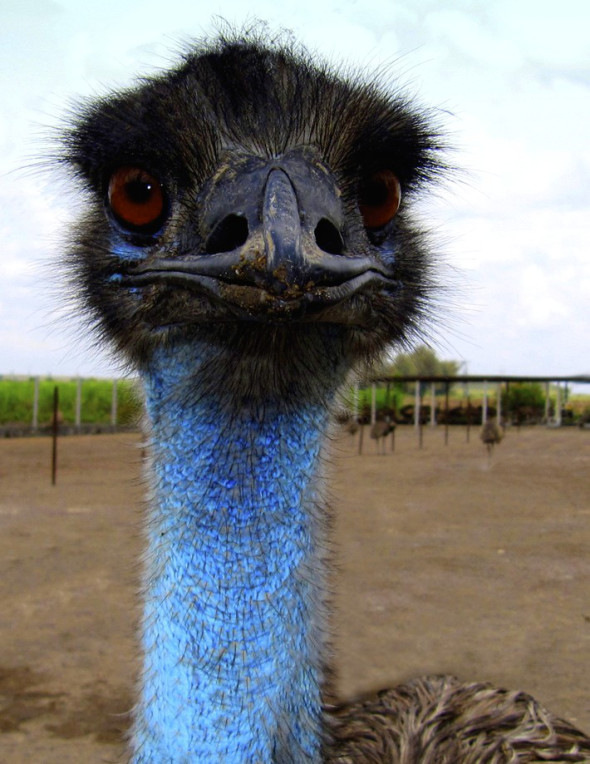

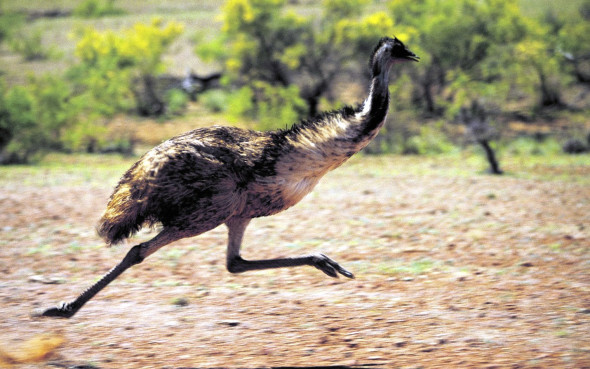
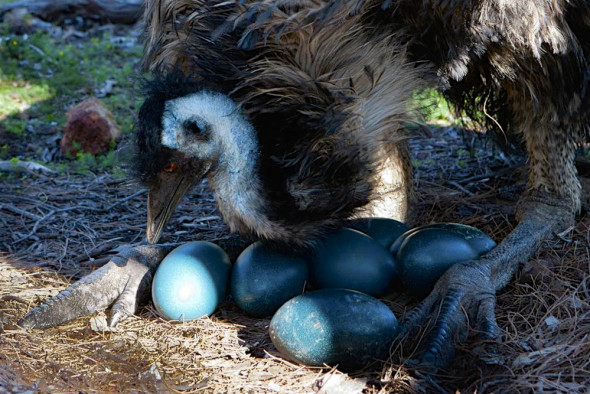
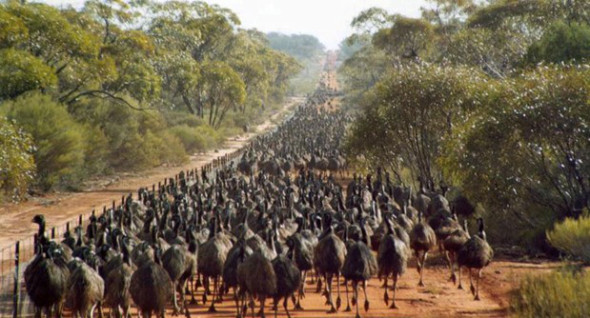
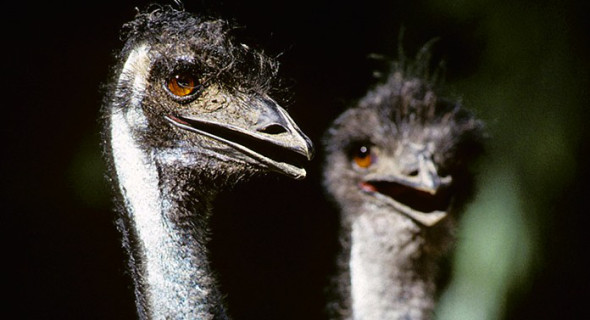
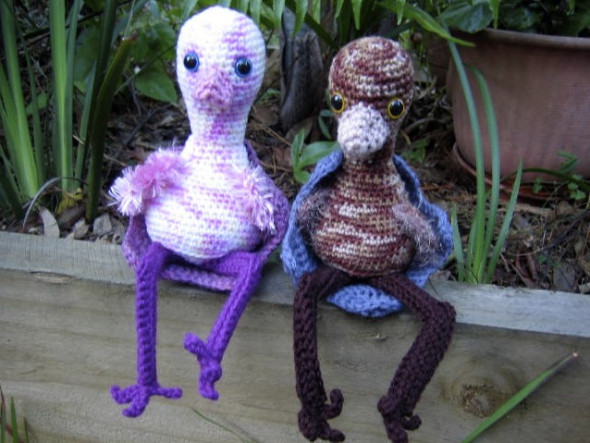
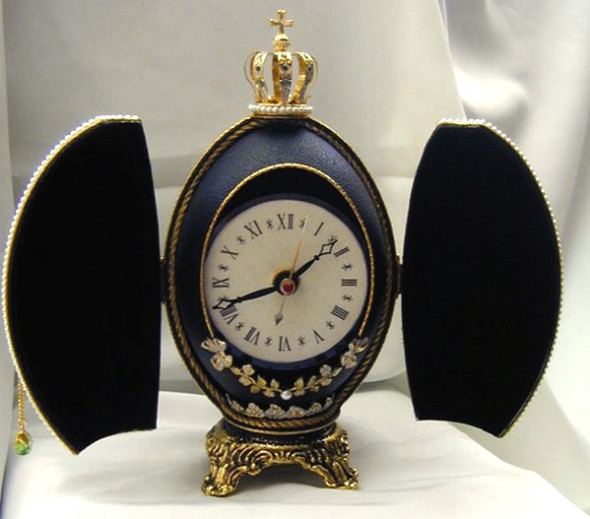
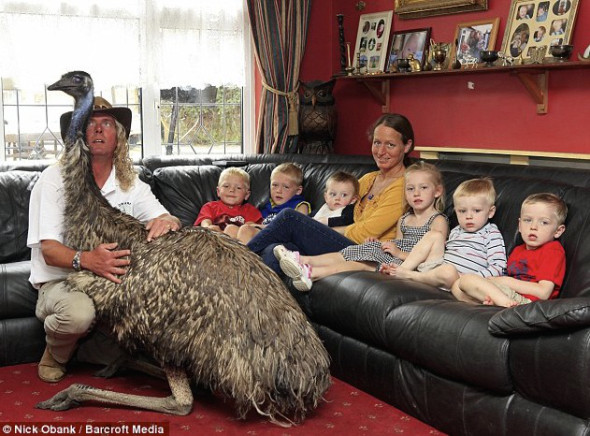
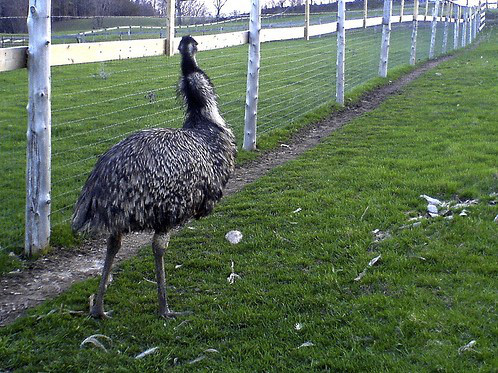
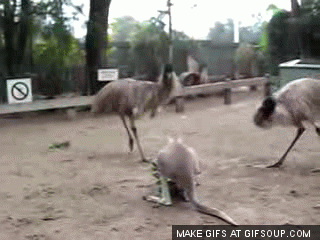

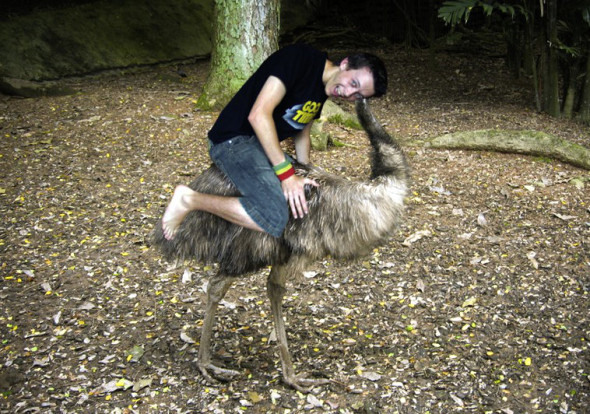
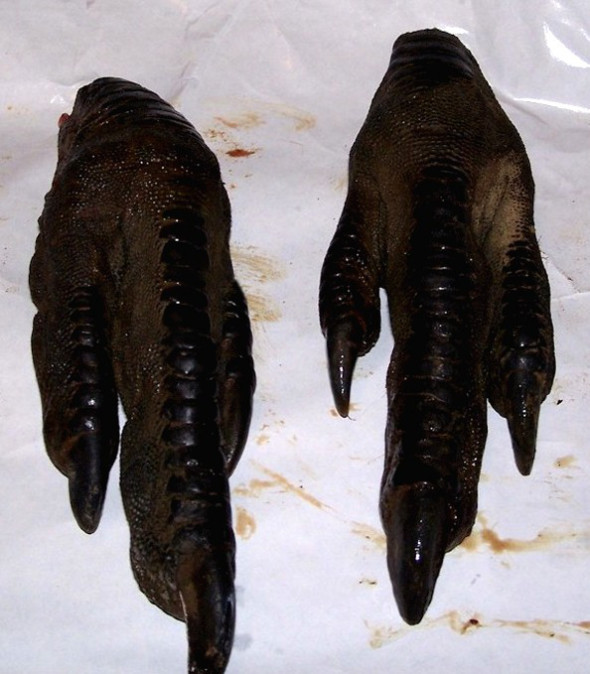
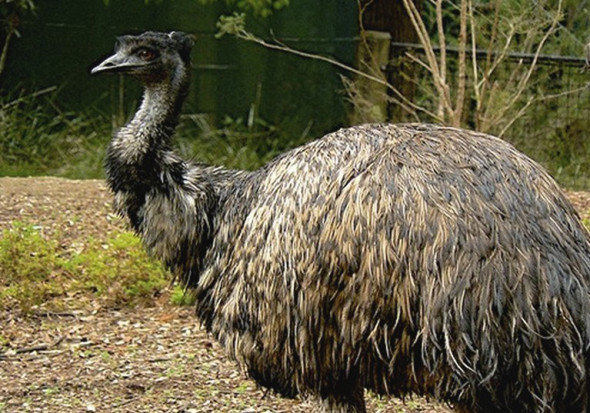
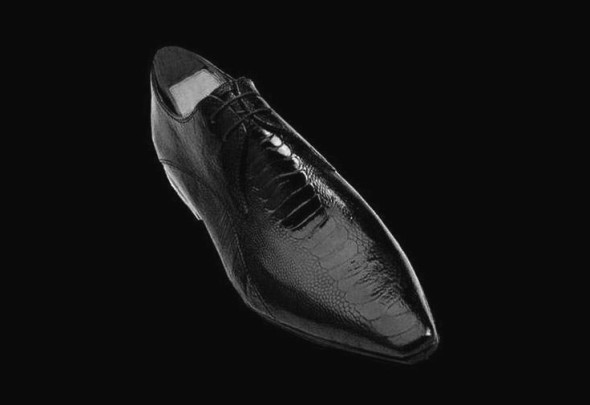
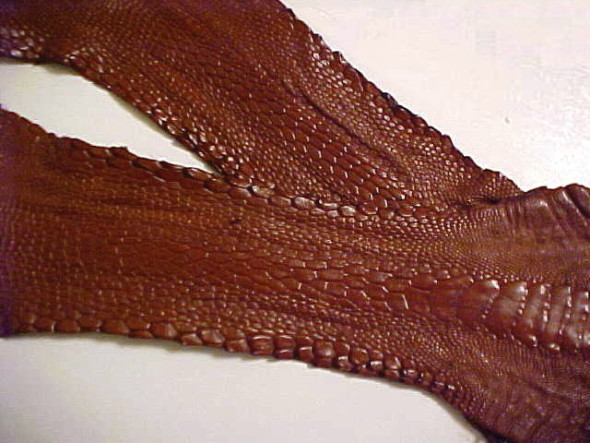
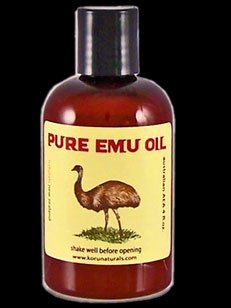
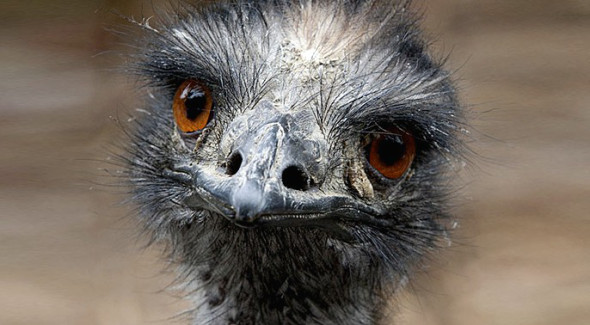
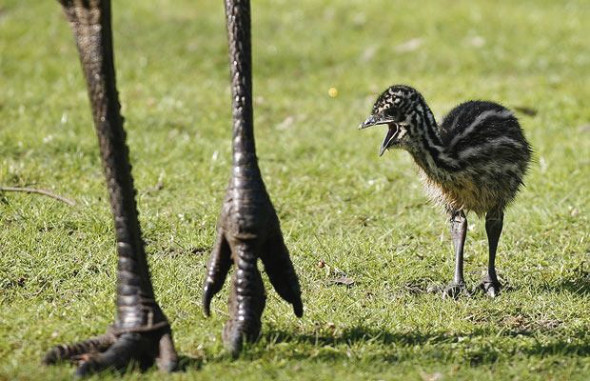
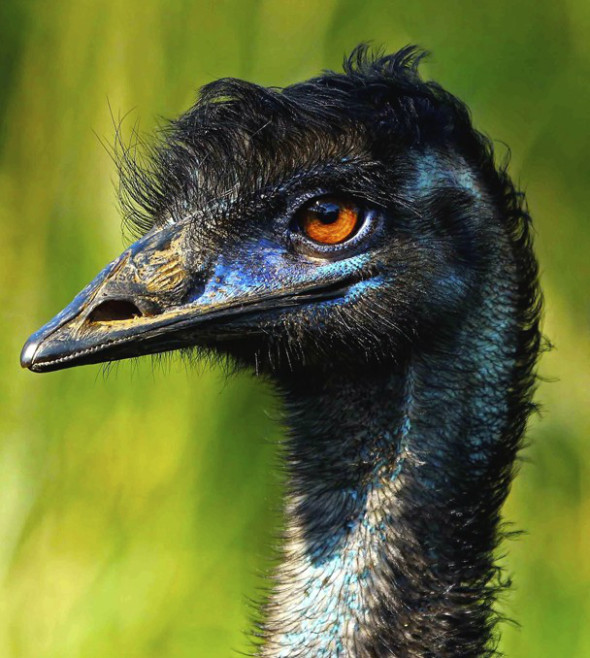
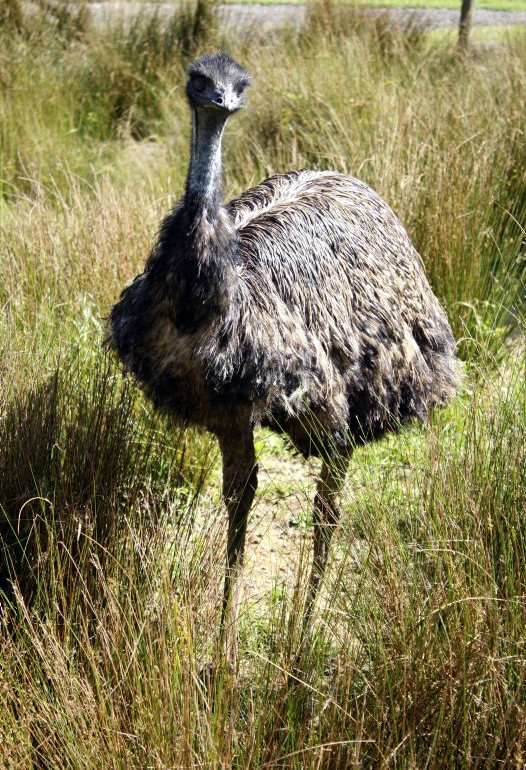

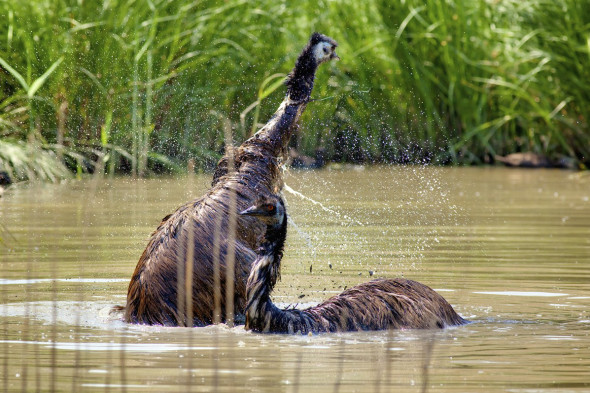
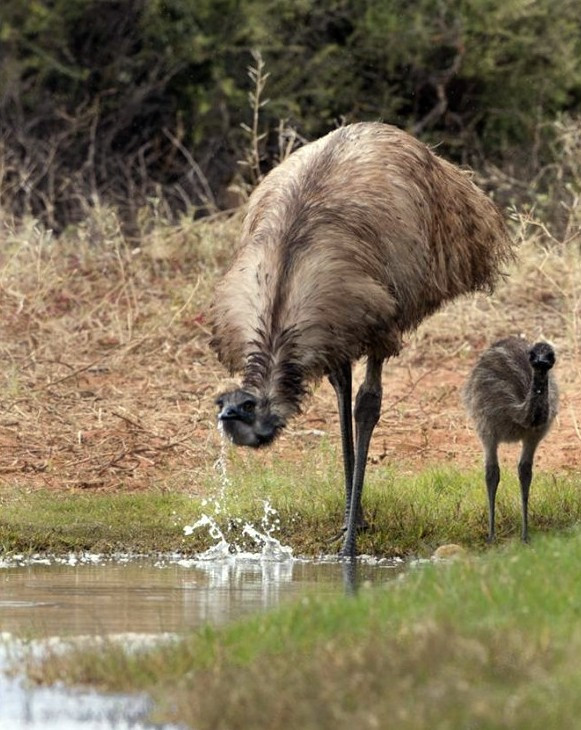
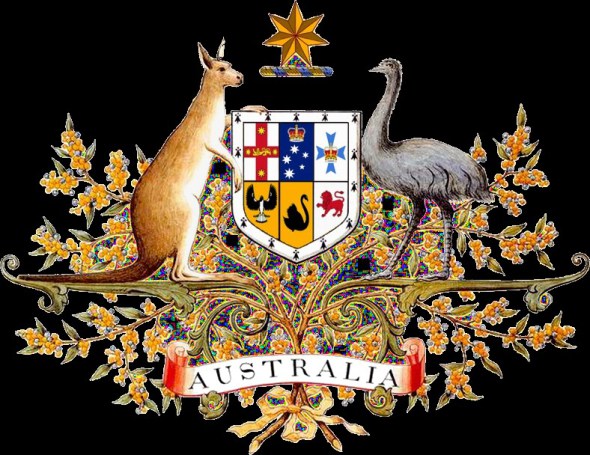



Thank you for your reply, should it merit a response we will respond in due course. This site is owned by International Animal Rescue Foundation and moderation is used.